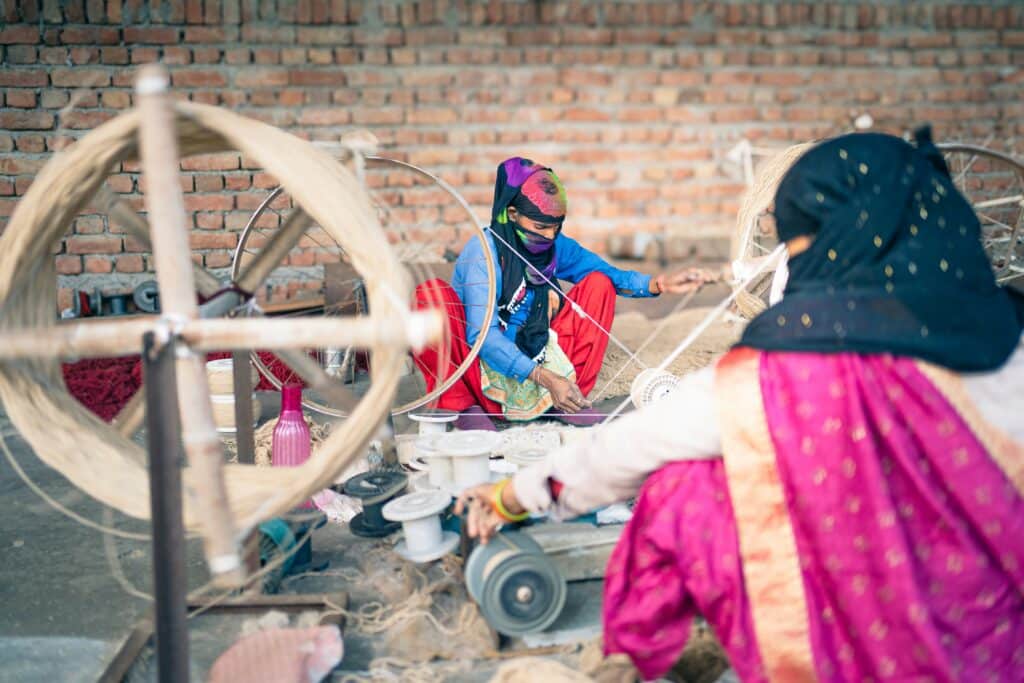Supporting artisans isn’t charity — it’s the smartest way to make travel more authentic, equitable, and transformative.
By Charles Kao, Founder and Chairman, Artisanal Collective
A woman in a remote island village weaves baskets that take days to complete. She sells them for a few dollars, barely enough to feed her family. A tourist, meanwhile, buys a mass-produced souvenir at the airport for twenty times the price. This story plays out every day around the world.
It doesn’t have to.
On this World Tourism Day, we should recognize that the most underutilized resource in tourism is not our beaches or our hotels, but our artisans. Their work is the soul of a destination, yet too often they remain on the sidelines of the very industry that depends on culture to thrive.
Tourism has become the largest voluntary transfer of wealth in history, from the haves to the have-nots. But the potential of this transfer is squandered when artisans, many earning as little as $3 a day, lack the tools to access visitors and global markets.
That can change.
With the right support offered by modern technology, digital marketplaces, fair distribution systems, artisans can transform not only their own livelihoods but also the appeal of entire destinations. Just as planes bring tourists in, they can carry handcrafted goods out. With today’s e-commerce platforms and AI tools, a textile woven in a mountain hamlet or a necklace carved in a fishing village can be purchased instantly by a buyer thousands of miles away.
This isn’t charity. It’s smart economics.
Travelers crave authenticity. They want to meet real people, hear stories, learn traditions, and take home something meaningful. Artisans offer exactly that — and in doing so, they help spread tourism’s benefits beyond crowded resorts and city centers. When visitors travel to outlying villages, they bring income directly to households, easing pressure on overburdened destinations while enriching their own experience.
In fact, geographical isolation, once seen as a disadvantage, has become a distinct advantage. Today’s travelers seek serene, untouched places far from the bustle of modern life. Remote islands and rural hamlets that once deterred investors are now highly sought-after, offering both beauty for visitors and opportunity for locals.
But the benefits go deeper than economics.
Tourism, when it embraces artisans, becomes a force for cultural preservation. Traditions that might otherwise fade are revived by the curiosity and admiration of global guests. A folk dance once forgotten is performed again. A weaving technique is taught to the next generation. A song is remembered and sung anew. Visitors may come for the turquoise waters and pristine landscapes, but they leave transformed by the culture — and so do the communities they touch.
This is what tourism should be: regenerative, not extractive.
It should strengthen communities, not strain them. It should protect nature and culture, not exploit them. And it should honor artisans — those who give a destination its heart and meaning.
On this World Tourism Day, we must ask: What kind of legacy do we want tourism to leave? Is it one of crowded beaches, imported trinkets, and vanishing traditions? Or is it one of shared prosperity, cultural pride, and authentic connections that change both visitor and host?
The answer lies with the artisan.
Give them the right tools — from digital platforms to fair market access — and they will do more than earn a living. They will help us reimagine tourism as a bridge between worlds, a driver of dignity, and a legacy worth celebrating.
Tourism is not just a journey. Done right, it is a transformation. And artisans are its most powerful agents.

